Home>Furniture>Outdoor Furniture>What To Do With Leftover Trex Decking
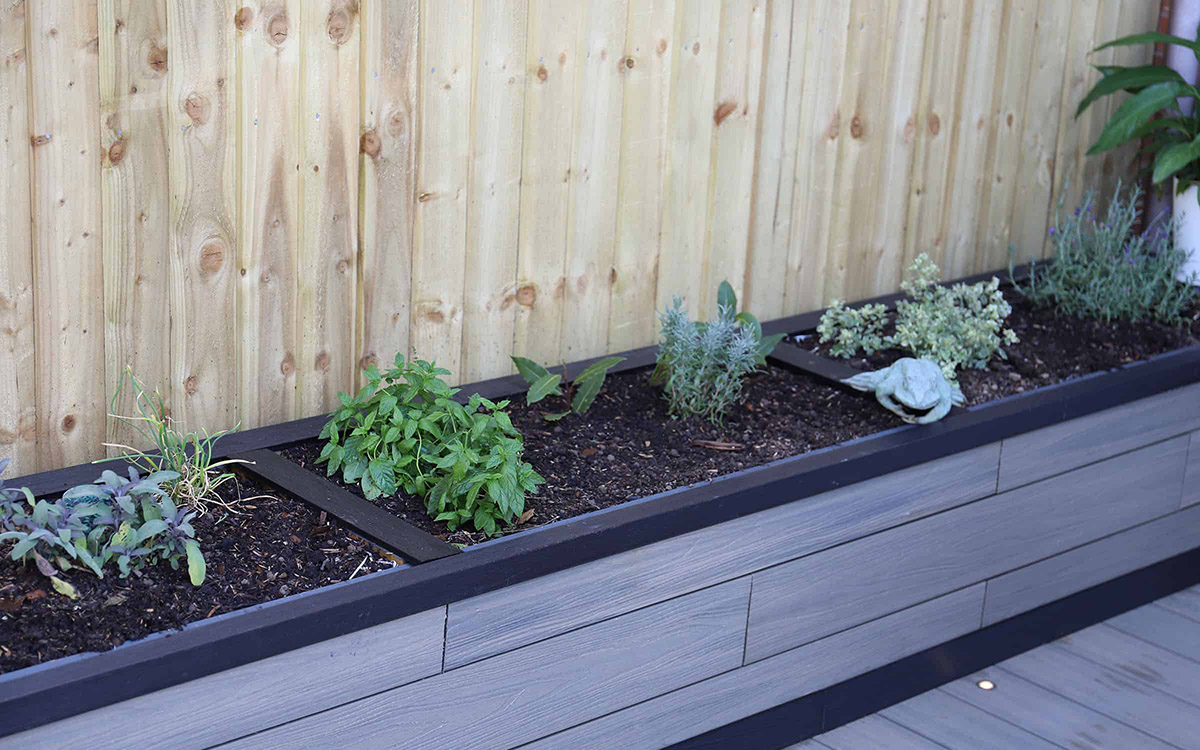

Outdoor Furniture
What To Do With Leftover Trex Decking
Modified: October 18, 2024
Discover creative ways to repurpose your leftover Trex decking into beautiful outdoor furniture. Get inspired and start your next DIY project today!
(Many of the links in this article redirect to a specific reviewed product. Your purchase of these products through affiliate links helps to generate commission for Storables.com, at no extra cost. Learn more)
Introduction
When it comes to outdoor furniture, quality and durability are key factors. That’s why many homeowners choose Trex decking, a high-performance composite material that is known for its longevity and resistance to the elements. But what do you do when you have leftover Trex decking boards after completing your outdoor space? Don’t let them go to waste! There are numerous creative and practical ways to repurpose these leftover boards and transform them into functional and stylish additions to your outdoor living area.
In this article, we will explore ten exciting options for making the most of your extra Trex decking. Whether you’re looking to add a pop of color with flower planters or create a cozy seating area with a custom-built bench, these ideas will inspire you to think outside the box. Let’s dive in and discover the endless possibilities of repurposing your Trex decking!
Key Takeaways:
- Repurpose leftover Trex decking to build flower planters, garden pathways, and benches, adding functionality and style to your outdoor space while minimizing waste. Get creative and enjoy a sustainable outdoor oasis!
- Transform leftover Trex decking into bird feeders, playhouses, and privacy screens to bring nature closer, create magical play spaces, and design private retreats in your backyard. Embrace creativity and sustainability for a unique outdoor experience!
Read more: What Is Trex Decking
Option 1: Build Flower Planters
If you have leftover Trex decking, one of the best ways to put it to use is by building flower planters. Trex boards are perfect for this project because they are weather-resistant, rot-resistant, and won’t warp or fade over time. Plus, their sleek and modern appearance will add a stylish touch to any garden or patio.
To create a flower planter, start by cutting the Trex boards into the desired lengths for the sides, bottom, and optional divider panels. Then, assemble the pieces using corrosion-resistant screws or nails. You can customize the size and shape of the planters to fit your space and gardening needs.
Once your flower planters are built, fill them with nutrient-rich soil and plant your favorite flowers, herbs, or vegetables. The planters can be placed on your deck, patio, or even hung on a wall to create a vertical garden. Not only will this option give your Trex decking a new purpose, but it will also bring beauty and life to your outdoor space.
Remember to choose plants that thrive in your climate and offer colorful blooms or delicious harvests throughout the seasons. Regular watering and occasional fertilization will keep your planters flourishing and add vibrancy to your outdoor living area.
Building flower planters from leftover Trex decking is not only environmentally friendly but also a cost-effective way to enhance your garden. Plus, the low-maintenance nature of Trex boards means you can simply enjoy your planters without the hassle of constant upkeep. So, get creative and add a touch of greenery to your outdoor oasis with this fantastic repurposing idea.
Option 2: Create a Garden Pathway
Looking to update your garden and create a charming pathway? Why not utilize your leftover Trex decking to build a beautiful and durable garden pathway? This option not only eliminates waste but also adds functionality and aesthetic appeal to your outdoor space.
Trex boards are an excellent material for constructing a garden pathway due to their non-slip surface, weather resistance, and durability. They are also resistant to rot, insect infestation, and moisture, making them an ideal choice for withstanding outdoor elements.
To create a garden pathway, start by measuring the desired width and length of the path. Cut the Trex boards into equal lengths to serve as stepping stones. Arrange the boards in a straight or curved pattern, leaving appropriate gaps for drainage and to allow grass or plants to grow through.
Secure the Trex boards in place by anchoring them with galvanized stakes or attaching them to a base of compacted gravel or sand. This will ensure that the pathway remains stable and doesn’t shift or sink over time. Additionally, you can enhance the aesthetics of the pathway by adding decorative stones or pebbles around the edges.
Not only does a garden pathway made from Trex decking add a visually appealing element to your outdoor space, but it also provides a practical solution for navigating your garden. Perfect for protecting delicate plants from trampling and keeping your backyard organized, a garden pathway is a simple yet effective way to elevate the overall look and functionality of your outdoor area.
Maintenance is a breeze with Trex decking. Simply sweep away debris or hose off any dirt or stains. Unlike traditional wood, Trex boards do not require staining or sealing, saving you time and effort. With proper care, your Trex decking garden pathway will provide years of enjoyment, guiding you through a beautiful and inviting garden.
So, put those extra Trex decking boards to good use, and create a garden pathway that will not only enhance the aesthetics of your outdoor space but also add functionality and value to your home.
Option 3: Construct a Bench or Outdoor Seating
When it comes to creating a comfortable and inviting outdoor space, having ample seating is essential. If you have leftover Trex decking, why not repurpose it into a bench or outdoor seating area? Not only will this option make use of the extra materials, but it will also provide a cozy spot for relaxation and entertainment.
Trex boards are an excellent choice for constructing outdoor seating due to their durability, resistance to rot and insects, and ability to withstand various weather conditions. They are also low-maintenance, requiring minimal upkeep compared to traditional wood.
Begin by determining the size and design of your bench or seating area. Measure and cut the Trex boards to form the seat and backrest. You can customize the dimensions to fit your space and style preferences. Consider adding armrests or built-in storage compartments for added functionality.
Assemble the pieces using corrosion-resistant screws or nails, ensuring a sturdy and secure construction. If you want to add an extra touch of comfort, you can also attach cushions or outdoor-grade pillows to the seating area.
Your bench or outdoor seating made from Trex decking can be placed on your deck, patio, or in your garden, providing a cozy and stylish space for relaxation, socializing, or enjoying nature. Whether you use it for morning coffee, afternoon reading, or evening gatherings with friends and family, your custom-made seating will enhance the comfort and enjoyment of your outdoor oasis.
An additional benefit of using Trex boards for your bench or outdoor seating is their resistance to fading. This means that your seating area will maintain its color and vibrancy even after prolonged exposure to sunlight.
Maintenance for Trex decking benches and seating is hassle-free. Simply wipe down with a damp cloth or hose off any dirt or spills. As with all outdoor furniture, it is recommended to store or cover the bench during harsh weather conditions or when not in use to prolong its lifespan.
By repurposing your leftover Trex decking into a bench or outdoor seating area, you not only add functionality but also showcase your creativity and commitment to sustainability. So, gather your tools and get ready to create a comfortable and stylish seating space with your leftover materials.
Option 4: Build a Raised Garden Bed
If you have a green thumb and enjoy gardening, repurposing your leftover Trex decking into a raised garden bed is an excellent option. Raised garden beds offer a multitude of benefits, including improved soil quality, better drainage, and easier access for planting and maintenance.
Trex boards are well-suited for building raised garden beds due to their resistance to rot, insects, and moisture. They are also free from harmful chemicals, making them safe for growing fruits, vegetables, and herbs.
To construct a raised garden bed, measure and cut the Trex boards to the desired dimensions. The height can vary depending on your preference, but a height of 12 to 18 inches is generally recommended to provide adequate depth for plant roots. Assemble the boards using screws or nails, ensuring a tight and secure fit.
Place the raised garden bed in a sunny location with access to water. Fill it with a mixture of nutrient-rich soil and compost, providing a fertile environment for your plants to thrive. Consider adding a layer of landscape fabric or cardboard at the bottom of the bed to prevent weeds from growing up.
With your Trex decking raised garden bed, you have greater control over the growing conditions, including soil quality, moisture levels, and the ability to extend the growing season. Additionally, the elevated design minimizes strain on your back and knees, making gardening tasks more enjoyable.
Maintaining a raised garden bed made from Trex decking is simple. Regularly water your plants, monitor for pests or diseases, and fertilize as needed. Weeds can be easily pulled out or controlled with organic mulch.
By repurposing your leftover Trex decking into a raised garden bed, you not only create a functional and attractive space for gardening but also contribute to sustainable living. Utilizing reclaimed materials reduces waste and promotes environmental consciousness.
So, dust off your gardening gloves and unleash your creativity by building a raised garden bed with your leftover Trex decking. Enjoy the satisfaction of growing your own fruits, vegetables, and herbs while adding a beautiful focal point to your outdoor space.
Read more: What Are The Problems With Trex Decking
Option 5: Make a House Number Sign
Adding a personalized touch to the exterior of your home can make a big impact. One creative way to use your leftover Trex decking is to make a unique and eye-catching house number sign. Not only does this option make use of the extra materials, but it also adds a touch of style and functionality to your home’s facade.
Trex boards are an excellent choice for crafting a house number sign because they are durable, weather-resistant, and can withstand outdoor elements. Additionally, Trex decking comes in various colors and finishes, allowing you to create a sign that perfectly complements your home’s aesthetic.
To create a house number sign, start by measuring and cutting the Trex boards to the desired size and shape. You can opt for a rectangular or square sign or get creative with more unique designs. Consider incorporating decorative elements, such as engraved numbers or stencil art, to make your sign stand out.
Once you have your pieces cut, assemble them using screws, nails, or adhesive designed for outdoor use. Add any finishing touches, such as sanding the edges or applying a protective sealant to enhance the longevity of your sign.
Mount the house number sign near your front door, gate, or mailbox to ensure easy visibility for visitors and mail delivery. You can attach it directly to the exterior wall or use hanging brackets or hooks for a more decorative display.
Not only does a house number sign made from Trex decking serve a practical purpose, but it also adds personality and curb appeal to your home. It’s a great way to make a statement and showcase your unique style.
Maintenance for a Trex decking house number sign is simple. Occasionally wipe it down with a damp cloth or hose off any dirt or debris. The durable and fade-resistant nature of Trex boards ensures that your house number sign will remain vibrant and beautiful for years to come.
So, get creative and show off your home’s character with a custom-made house number sign crafted from your leftover Trex decking. It’s an easy and affordable way to make a memorable impression and elevate the look of your home’s exterior.
You can repurpose leftover Trex decking by using it to build small outdoor furniture, such as a bench or planter boxes. This will help reduce waste and give your deck a cohesive look.
Option 6: Craft a Bird Feeder or Birdhouse
Bringing nature to your backyard can be a delightful experience, and repurposing your leftover Trex decking into a bird feeder or birdhouse is a fantastic way to do it. Not only will you give our feathered friends a safe and inviting space, but you’ll also add a charming and decorative element to your outdoor area.
Trex boards are ideal for crafting bird feeders and birdhouses due to their durability and resistance to rot, insects, and weather conditions. They are also easy to clean and maintain, ensuring a long-lasting and beautiful home for your avian visitors.
Begin by designing and cutting the Trex boards into the appropriate sizes and shapes for your bird feeder or birdhouse. You can create a simple platform feeder, a suspended feeder, or even a multi-level birdhouse depending on your preference.
Assemble the pieces using outdoor-grade screws or nails, ensuring that the structure is secure and stable. Remember to include openings for birds to access the food or nesting area, and add any additional details such as perches or roofs for protection.
Once your bird feeder or birdhouse is complete, choose a suitable location in your yard that offers shelter, easy access, and visibility. Fill the feeder with birdseed or install nesting materials in the birdhouse, and watch as birds flock to your backyard to enjoy the offerings.
Maintaining a Trex decking bird feeder or birdhouse is relatively simple. Regularly clean the feeder to prevent the accumulation of dirt or mold. Replace the birdseed as needed, ensuring a fresh and nutritious supply for the birds. If you have a birdhouse, monitor it for occupied nests and clean it out between nesting seasons.
Creating a bird feeder or birdhouse from your leftover Trex decking not only serves as a functional piece but also promotes a sustainable and environmentally conscious approach to wildlife conservation. By providing a safe and comfortable space for birds, you contribute to the preservation of avian species and promote biodiversity in your backyard.
Sit back and enjoy the delightful sights and sounds of birds as they visit your thoughtfully crafted Trex decking bird feeder or birdhouse. It’s a rewarding experience that allows you to connect with nature and create a haven for these beautiful creatures right in your own backyard.
Option 7: Create a Serving Tray
If you love hosting gatherings or simply enjoy serving meals and drinks outdoors, repurposing your leftover Trex decking into a serving tray is a practical and stylish option. Not only will it add a touch of elegance to your entertaining experience, but it will also showcase your creativity and resourcefulness.
Trex boards are an excellent material for crafting a serving tray because they are durable, weather-resistant, and easy to clean. Their sleek and modern appearance will add a touch of sophistication to any outdoor dining setting.
To create a serving tray, measure and cut the Trex boards to the desired dimensions. Consider the size and shape that would work best for your needs and the space available. You can opt for a rectangular, square, or even a round tray, depending on your preference.
Once you have your pieces cut, assemble them using nails, screws, or adhesive designed for outdoor use. For added functionality, you can attach handles on the sides of the tray using sturdy hardware.
To enhance the aesthetics of your serving tray, you can add decorative elements such as leather handles, engraved designs, or even paint the edges with a contrasting color. Get creative and personalize it to match your outdoor style and décor.
Whether you’re serving breakfast on the patio or enjoying a sunset cocktail by the pool, your Trex decking serving tray will make carrying and presenting food and drinks a breeze. Its sturdy construction and easy-to-clean surface will withstand the demands of outdoor entertaining.
Maintenance for a serving tray made from Trex decking is simple. Wipe it down after each use with a damp cloth or sponge to remove any spills or food particles. For stubborn stains, mild soap and water can be used. Avoid using abrasive cleaners that may scratch the surface.
So, why settle for a generic serving tray when you can create a unique and durable one using your leftover Trex decking? Enjoy the convenience, functionality, and charm that this repurposed item brings to your outdoor dining and entertaining experiences.
Option 8: Build a Playhouse or Treehouse
If you have little ones who love to play, why not turn your leftover Trex decking into a magical playhouse or treehouse? This option not only repurposes the materials but also creates a fun and imaginative space for children to enjoy.
Trex boards are an excellent choice for building a playhouse or treehouse because they are durable, weather-resistant, and can withstand the test of time. They are also smooth and splinter-free, ensuring a safe environment for children to play.
Before you begin, consider the size, design, and location of the playhouse or treehouse. You can use the Trex decking as the flooring, walls, and even the roof. Cut the boards to the desired lengths and assemble them using screws or nails, ensuring a sturdy and secure structure.
Don’t forget to include doorways, windows, and any additional features that will enhance the play experience. Customizing the playhouse or treehouse with paint, decorations, or even a slide or swing set will make it even more exciting for the little ones.
Make sure to choose a suitable and safe location for your playhouse or treehouse. If building a treehouse, ensure that the tree is strong and healthy enough to support the structure. If building on the ground, make sure to level the area and use proper foundational supports.
Creating a playhouse or treehouse from your leftover Trex decking provides a unique and durable play space for children. They can let their imaginations run wild, enjoy endless hours of play, and create lifelong memories.
Maintenance for a Trex decking playhouse or treehouse is relatively low. Regularly inspect the structure for any loose screws or nails and make any necessary repairs. Clean the surfaces as needed with a mild soap and water solution to remove dirt or stains.
So, transform your backyard into a wonderland and give your children the ultimate play space by repurposing your leftover Trex decking into a magnificent playhouse or treehouse. Watch as their faces light up with joy and excitement as they explore and create their own little world.
Read more: How To Do Stairs With Trex Decking
Option 9: Make Outdoor Storage Boxes
When it comes to organizing your outdoor space, having storage options is essential. Repurposing your leftover Trex decking into outdoor storage boxes is a practical and stylish way to keep your outdoor essentials neatly tucked away.
Trex boards are an excellent choice for building outdoor storage boxes due to their durability, resistance to rot and insects, and ability to withstand various weather conditions. They are also low-maintenance, making them ideal for outdoor storage.
To create outdoor storage boxes, start by measuring and cutting the Trex boards into the desired dimensions. Determine the size and shape that will work best for your storage needs and the available space. Opt for a rectangular or square design that can fit cushions, gardening tools, or other outdoor items.
Assemble the pieces using screws or nails, ensuring a secure and sturdy construction. Consider adding handles on the sides for easier transportation and access to the contents of the boxes.
Once your outdoor storage boxes are built, place them on your deck, patio, or in your garden to keep your outdoor items organized and protected. Use them to store cushions during inclement weather, gardening tools and supplies, or even children’s outdoor toys.
The weather-resistant nature of Trex decking ensures that your outdoor storage boxes will withstand the elements without warping, fading, or deteriorating. They will continue to look stylish and functional for years to come.
Maintenance for outdoor storage boxes made from Trex decking is minimal. Simply wipe them down with a damp cloth or hose off any dirt or debris. Unlike wooden storage boxes, there is no need for staining, sealing, or painting.
By repurposing your leftover Trex decking into outdoor storage boxes, you not only declutter your outdoor space but also create a cohesive and organized look. Say goodbye to scattered belongings and hello to a tidy and elegant outdoor environment.
So, grab your tools and get ready to build outdoor storage boxes with your leftover Trex decking. Enjoy the convenience and functionality of having everything neatly stored away while adding a touch of style to your outdoor space.
Option 10: Create a DIY Fence or Privacy Screen
Privacy is often a top priority for homeowners when it comes to their outdoor spaces. Repurposing your leftover Trex decking into a DIY fence or privacy screen is a creative and practical way to enhance seclusion and add a touch of beauty to your backyard.
Trex boards are an excellent choice for building a fence or privacy screen due to their durability, resistance to rot and insects, and low-maintenance nature. They offer an attractive alternative to traditional wooden fences as they do not require frequent painting or staining.
To create a DIY fence, start by measuring and cutting the Trex boards to the desired height and width. Determine the layout and design that will work best for your needs, whether it’s a straight fence or a more intricate pattern.
Assemble the boards using screws or nails, ensuring that the fence is secure and stable. You can attach the boards to wooden posts or use metal brackets for added strength. Consider adding decorative elements such as lattice panels or trellises to add visual interest.
If you’re looking for a privacy screen rather than a complete fence, incorporate a similar process. Measure and cut the Trex boards to the desired size and shape, and create a freestanding or attached privacy screen based on your preference.
Place your DIY Trex decking fence or privacy screen around your patio, deck, or yard to create a private sanctuary where you can relax, entertain, or enjoy time with family and friends.
The beauty of using Trex boards for a fence or privacy screen is their ability to withstand various weather conditions without warping, fading, or cracking. This means your outdoor space will remain private and beautiful for years to come.
Maintenance for a Trex decking fence or privacy screen is minimal. Simply hose off any dirt or debris and periodically check for loose screws or nails. This low-maintenance feature is particularly appealing to those seeking a hassle-free outdoor solution.
By repurposing your leftover Trex decking into a DIY fence or privacy screen, you not only enhance the privacy of your outdoor space but also add visual appeal and value to your property. Enjoy the serenity and tranquility that a private outdoor oasis can provide.
So, unleash your creativity, secure those leftover Trex decking boards, and build a fence or privacy screen that combines functionality and aesthetics in your backyard. Embrace the peace and seclusion that comes with having your own private retreat.
Conclusion
Repurposing leftover Trex decking offers a world of possibilities when it comes to adding functionality, style, and sustainability to your outdoor living area. By thinking creatively and utilizing these extra materials, you can transform your space and minimize waste.
From building flower planters and garden pathways to constructing benches and outdoor seating, the options are endless. Each project not only makes use of the durable and weather-resistant properties of Trex boards but also adds a personalized touch to your outdoor oasis.
Creating raised garden beds and house number signs allows you to showcase your green thumb and enhance the curb appeal of your home. Crafted bird feeders and birdhouses bring nature closer to home, providing a welcoming sanctuary for our feathered friends.
Designing serving trays and outdoor storage boxes adds functionality to your outdoor entertaining and organization needs. And for the ultimate play experience, building a playhouse or treehouse from Trex decking creates a magical world for children to explore.
Finally, constructing a DIY fence or privacy screen offers both privacy and beauty, allowing you to design a secluded and stylish outdoor space for relaxation and gatherings.
Throughout all of these projects, Trex decking proves to be a reliable and versatile material. Its durability, resistance to pests and rot, low-maintenance nature, and aesthetic appeal make it an ideal choice for repurposing in various outdoor applications.
So, whether you choose one or multiple options, repurposing your leftover Trex decking is a sustainable and creative way to maximize its potential and enhance your outdoor living space. Let your imagination guide you, and enjoy the fruits of your ingenuity and resourcefulness.
Remember, each project offers an opportunity to create something unique, reduce waste, and contribute to a greener future. Embrace the possibilities, and let your Trex decking take on a new life in your outdoor haven.
Frequently Asked Questions about What To Do With Leftover Trex Decking
Was this page helpful?
At Storables.com, we guarantee accurate and reliable information. Our content, validated by Expert Board Contributors, is crafted following stringent Editorial Policies. We're committed to providing you with well-researched, expert-backed insights for all your informational needs.
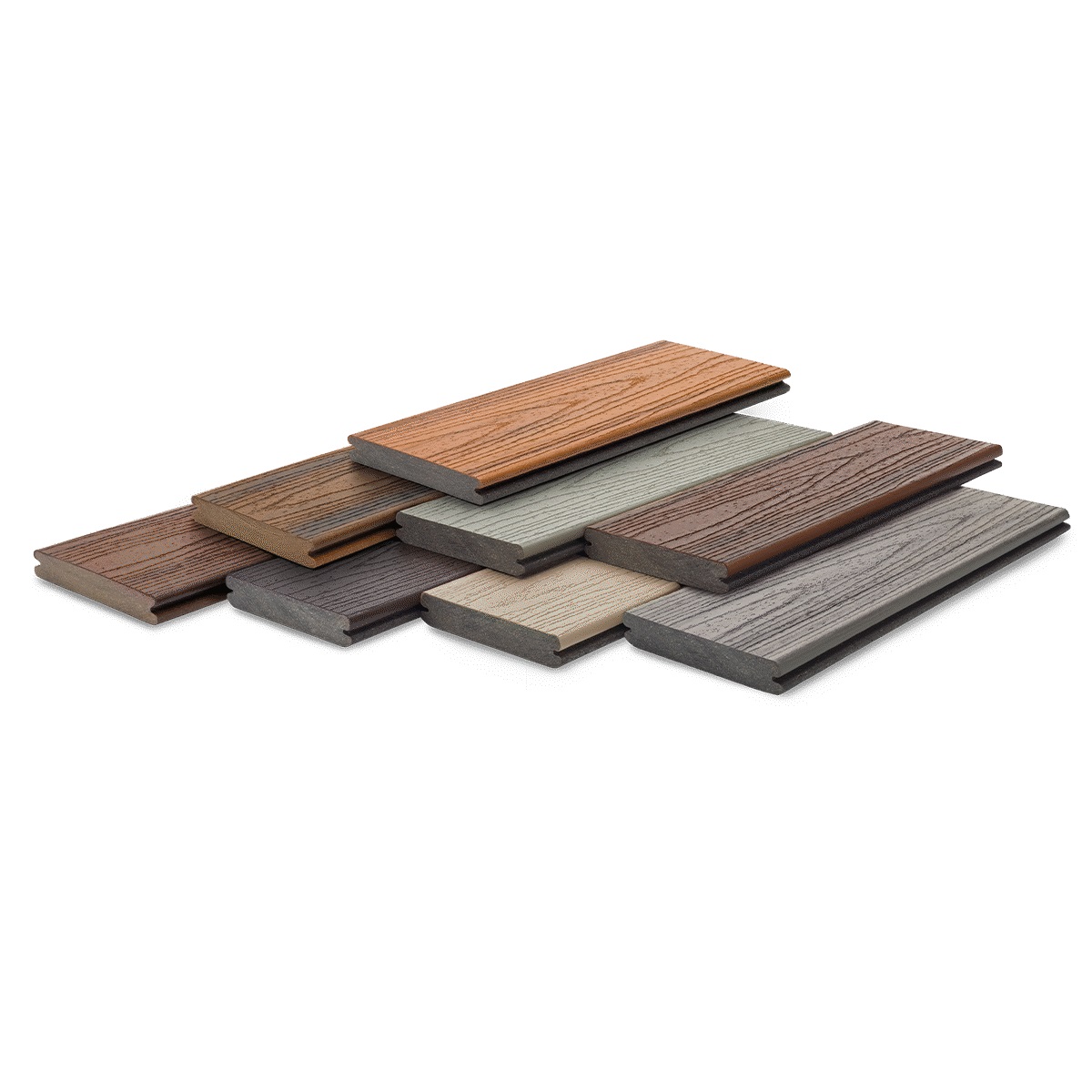
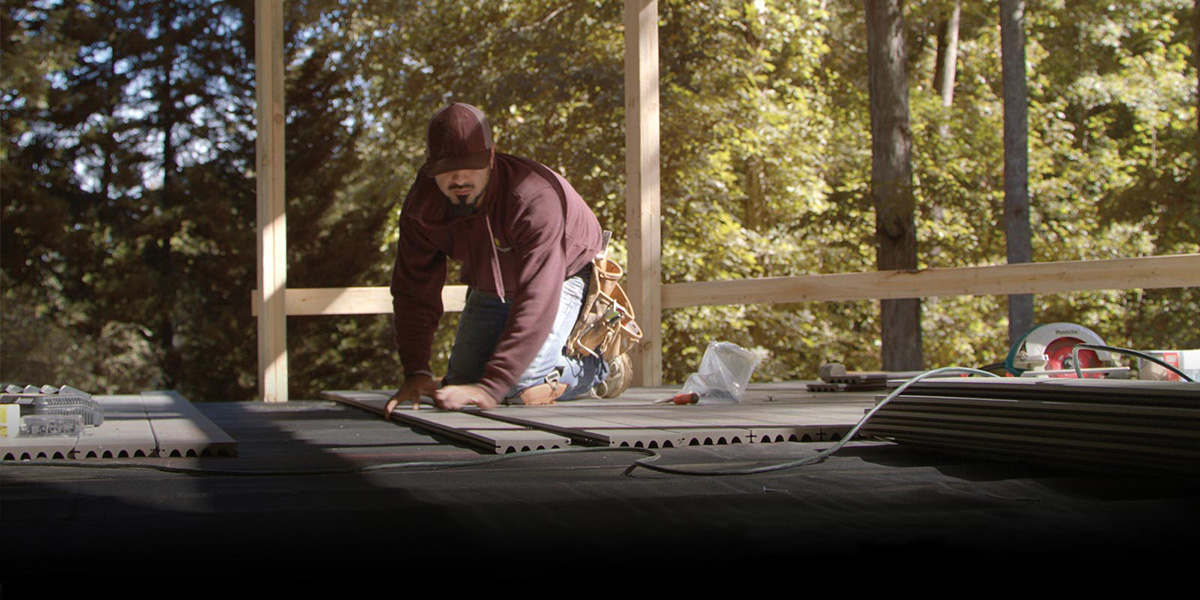
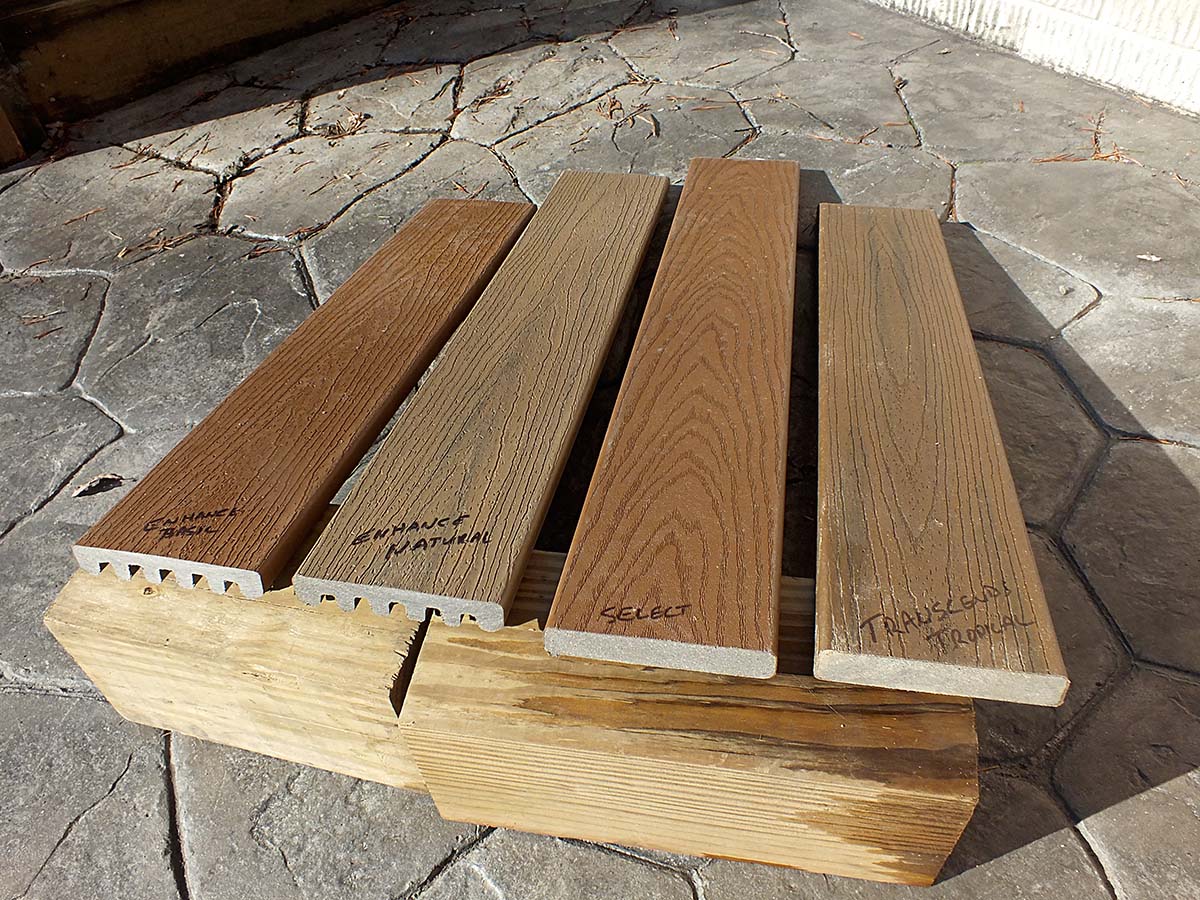

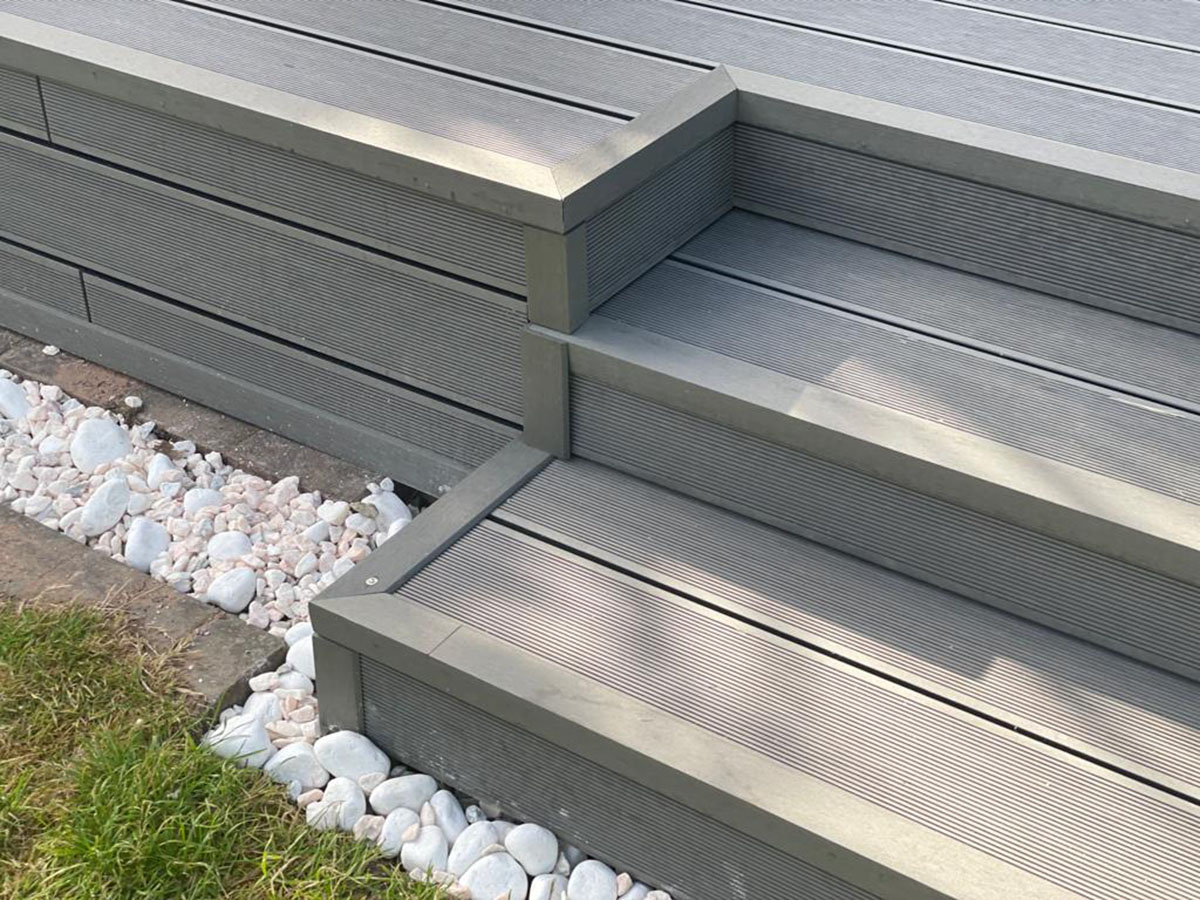
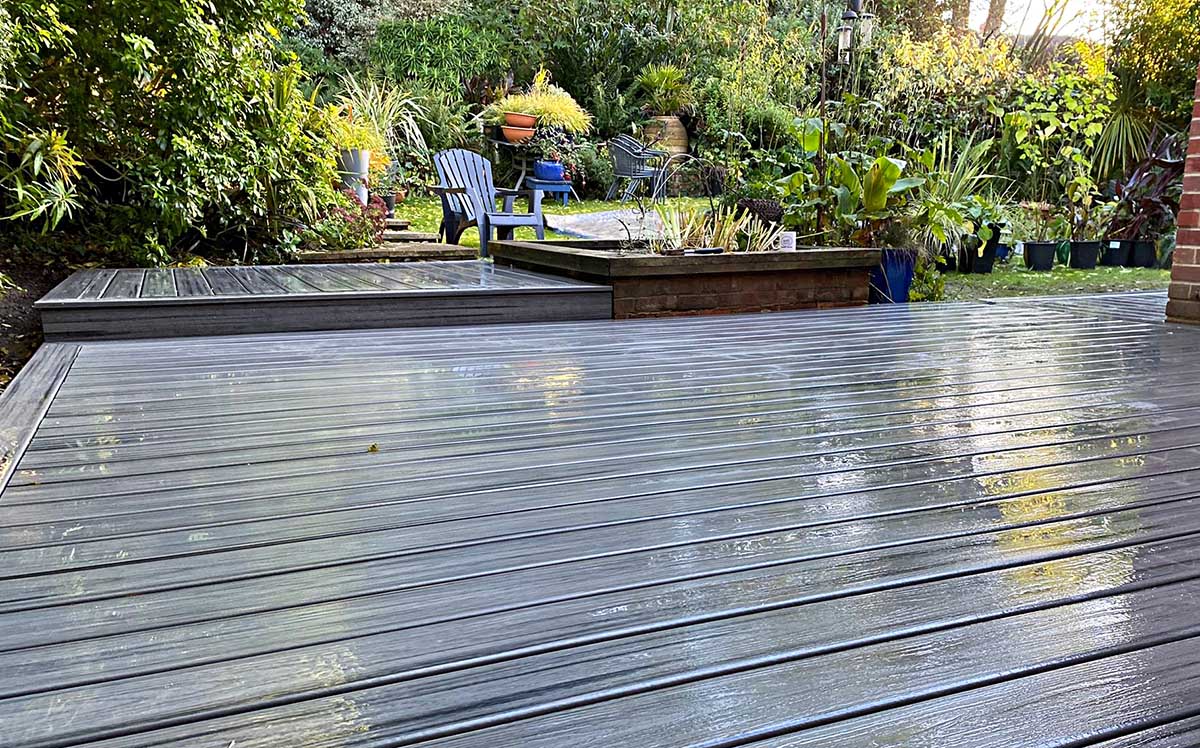
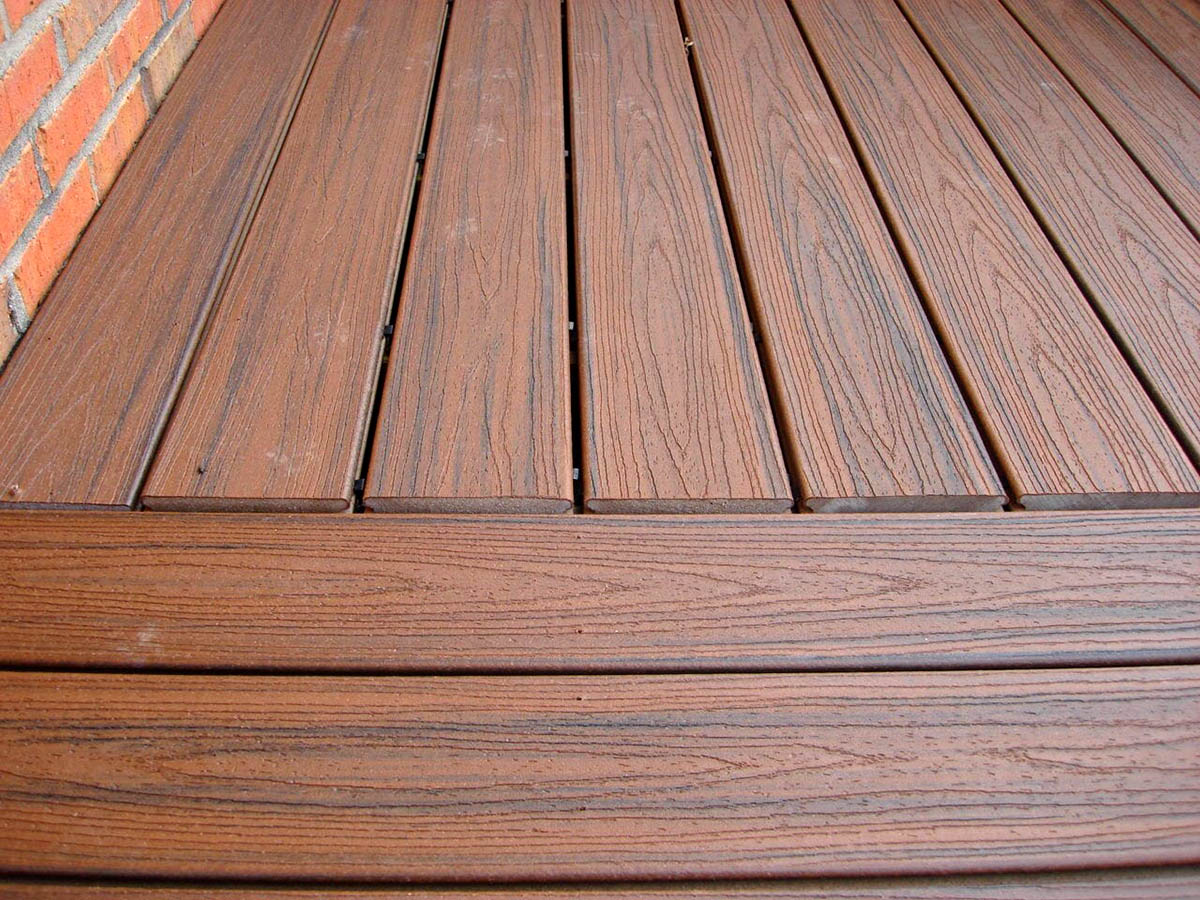
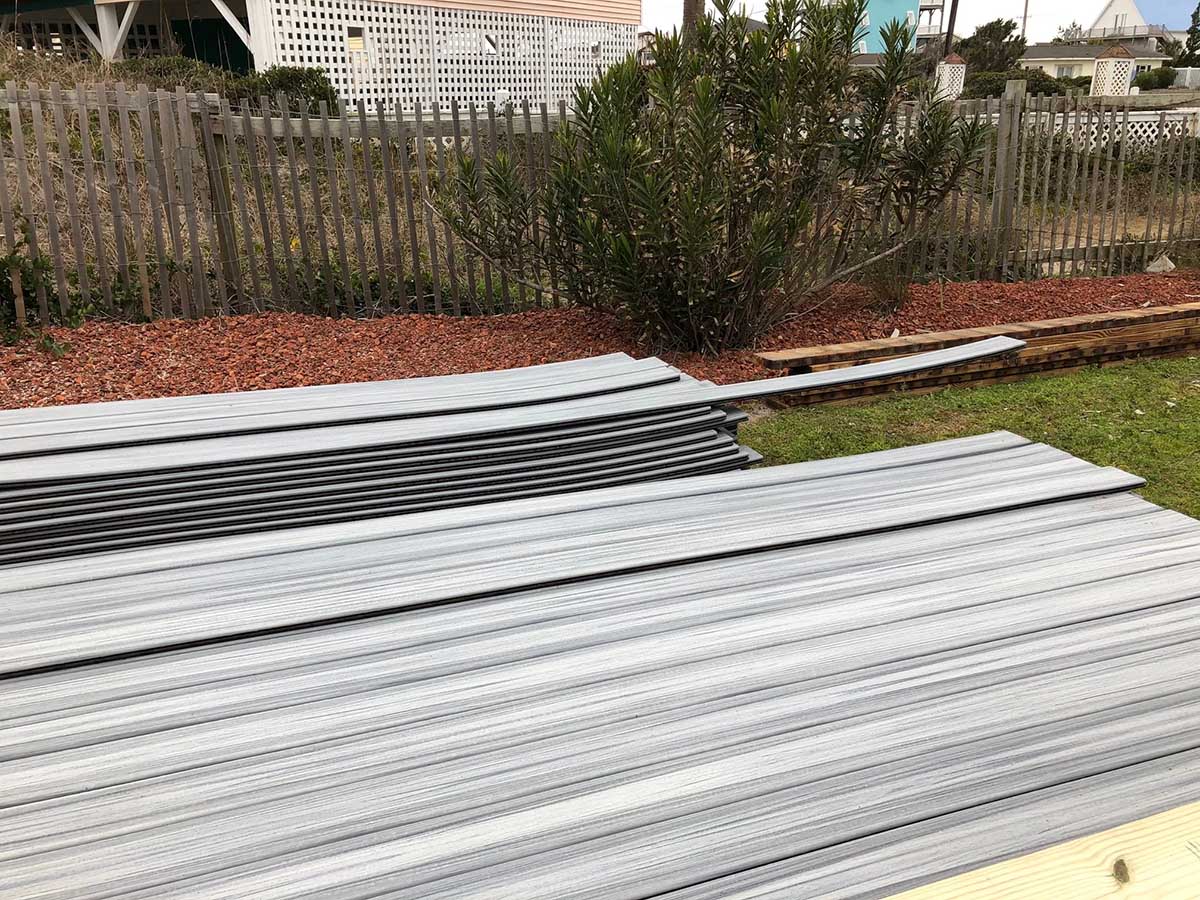
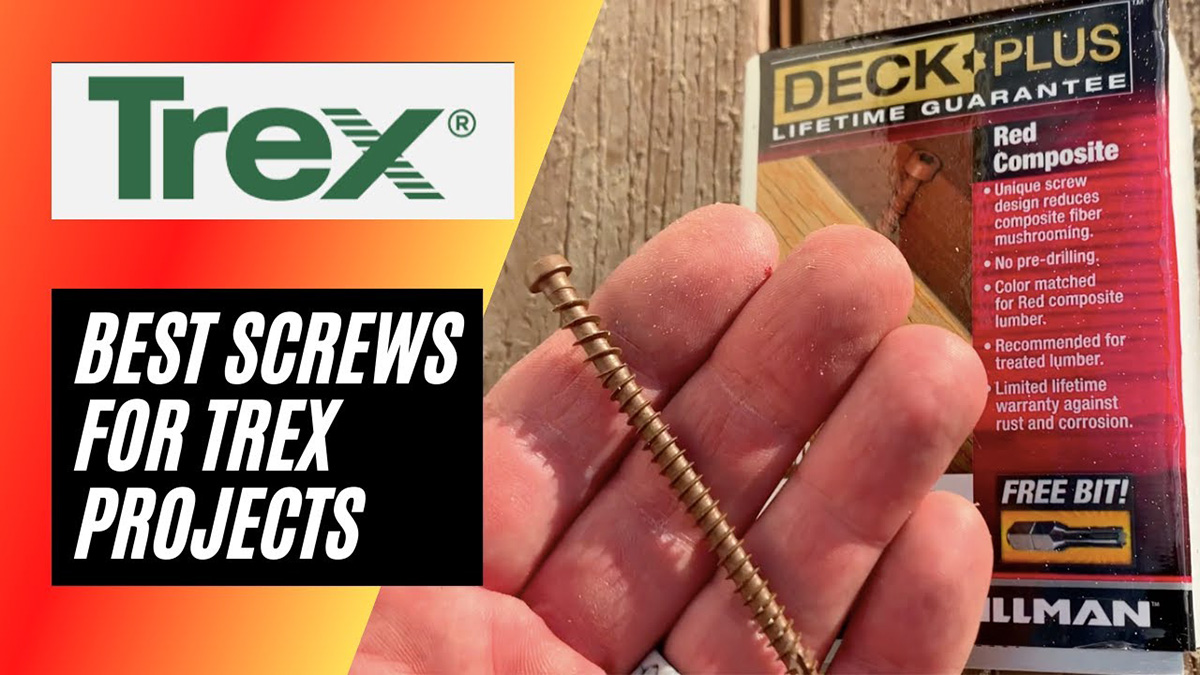
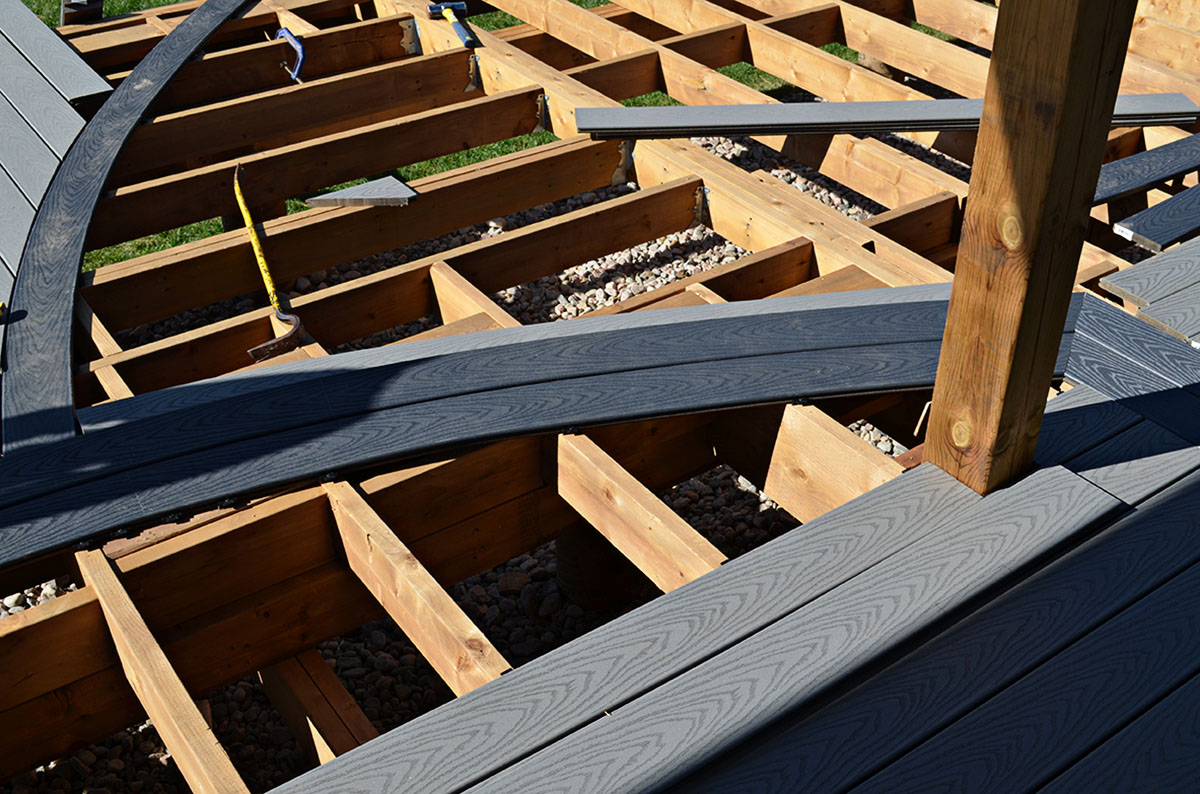
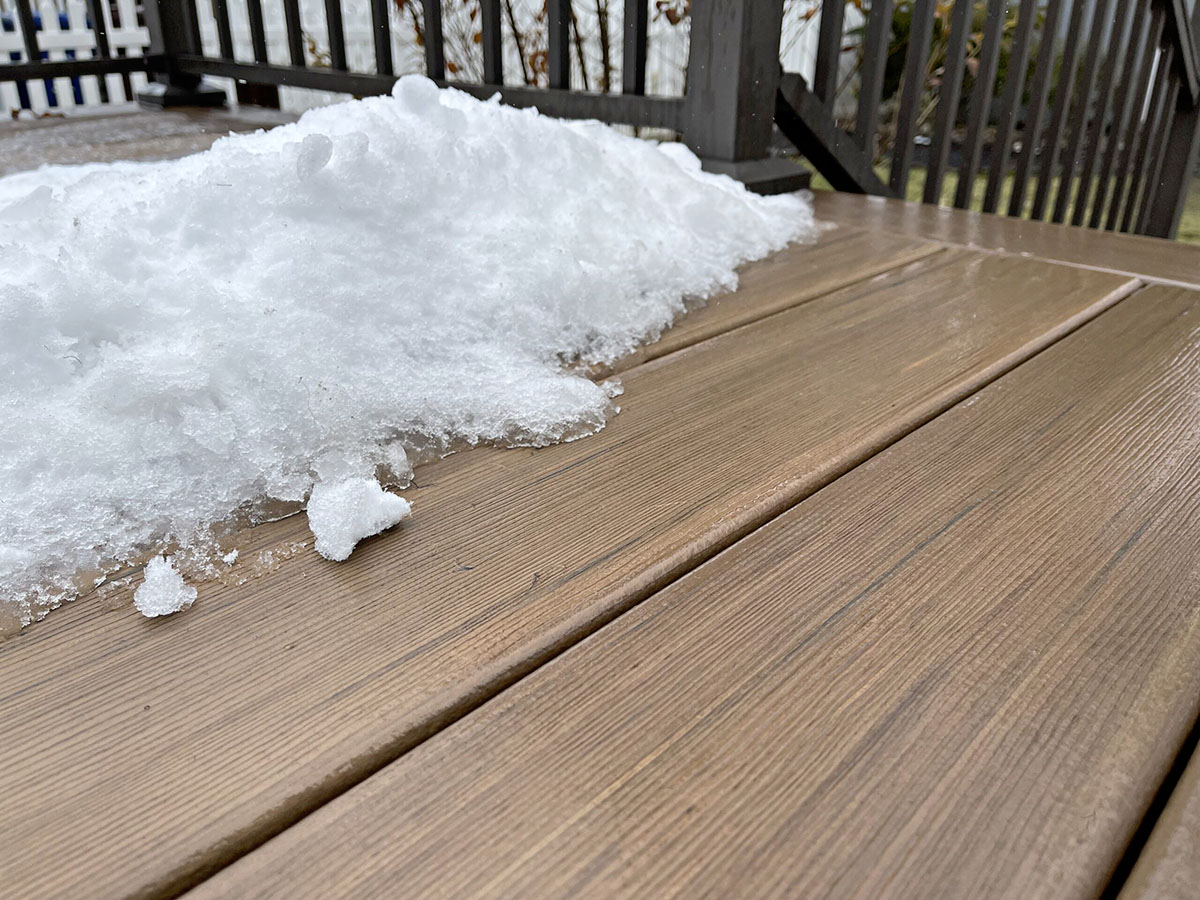
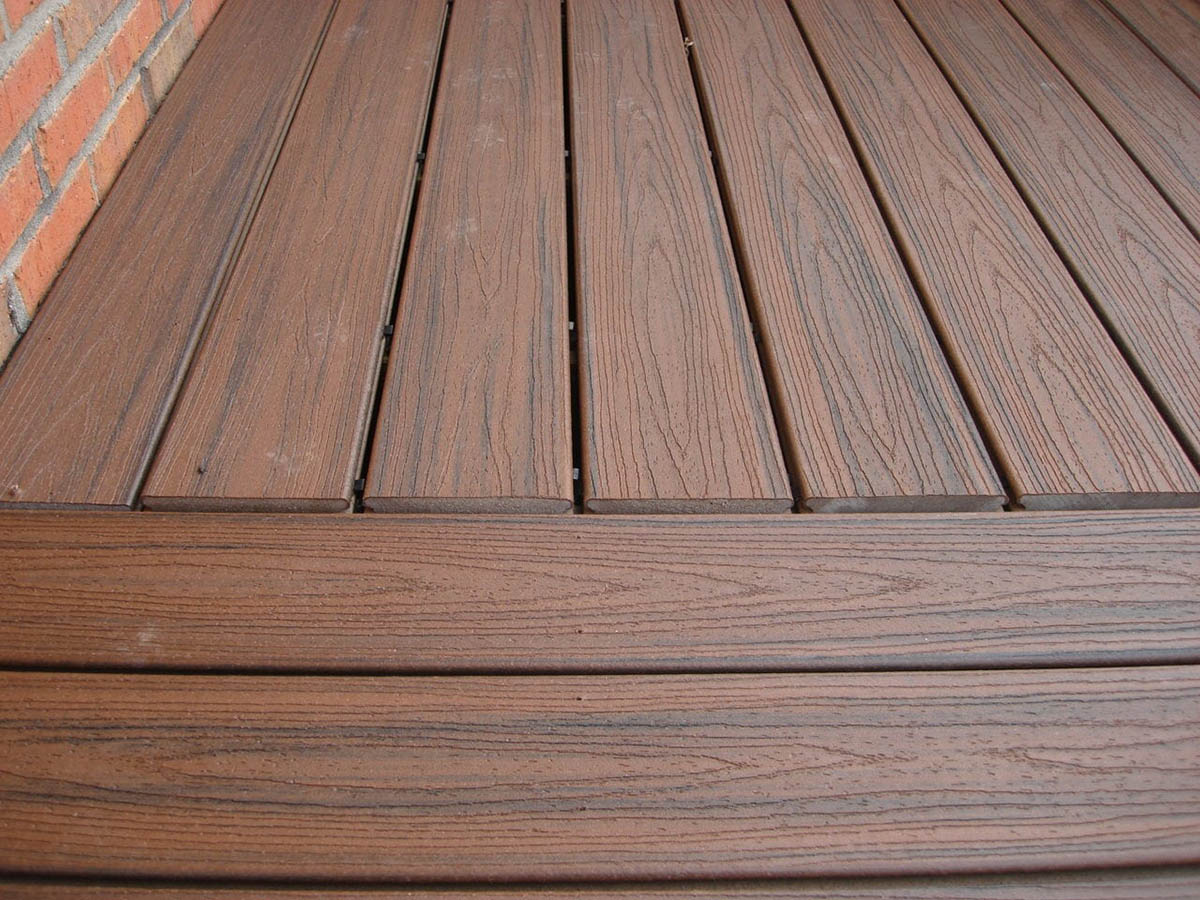
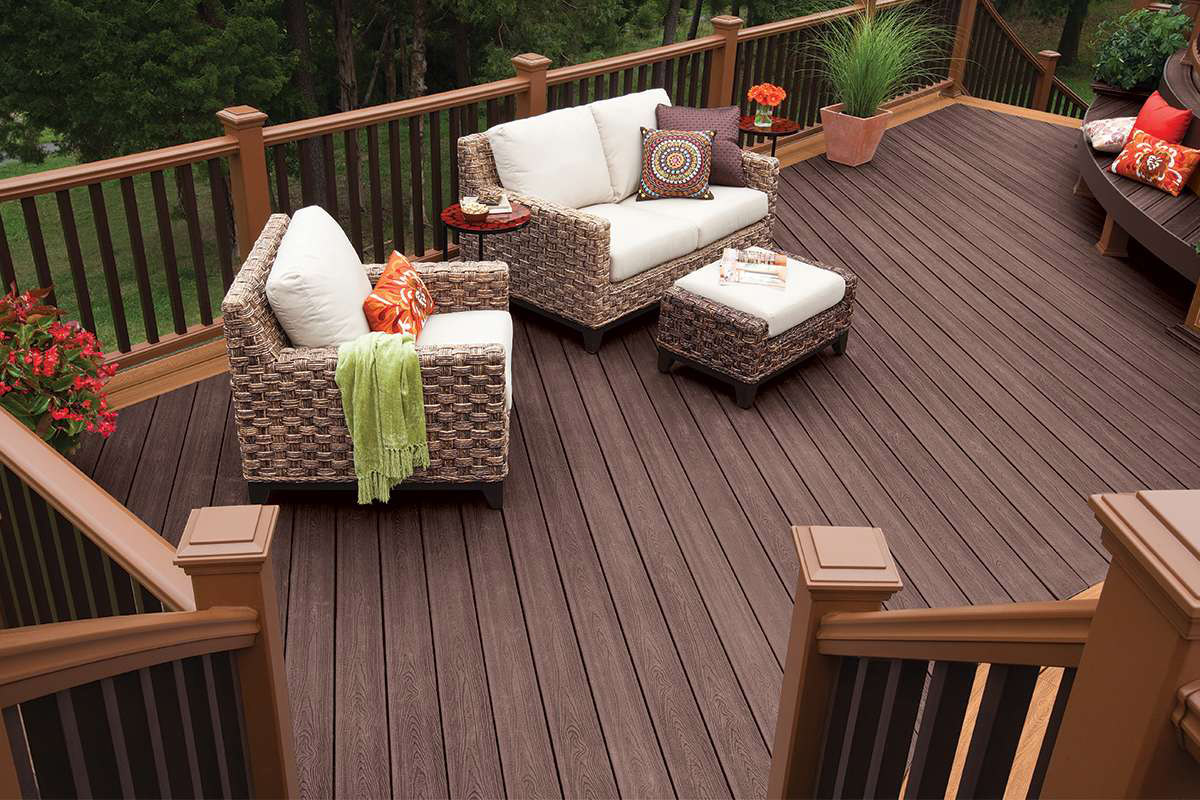

0 thoughts on “What To Do With Leftover Trex Decking”